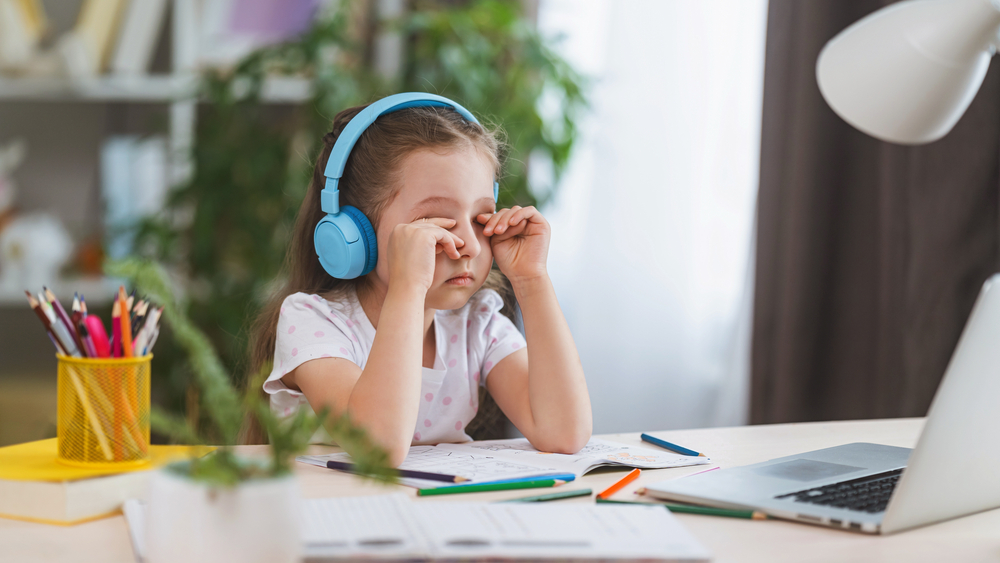
Nearsightedness or myopia is an eye condition that affects many individuals worldwide but is most prevalent among children. With myopia, the eye cannot focus on distant objects. As a result, the child experiences blurred vision and difficulty seeing things at a distance.
Myopia can result from a combination of environmental and genetic factors. A child can develop this refractive error if their parent has it. Limited outdoor activity and prolonged close work can also increase the risk for this condition.
Parents should know the early signs of myopia to be able to take the necessary steps to prevent it from worsening.
Eye Rubbing or Squinting
Myopia causes the eyes to work harder to focus on objects that are far away. To cope, a child with nearsightedness may often squint or rub their eyes. They do so to improve their vision temporarily, reducing the amount of light entering their eye.
Take your child for an eye examination if you notice them doing these often, especially when trying to see distant objects. An early diagnosis will help with prompt treatment and prevent the condition from worsening.
Holding Books Close to the Face or Sitting Too Close to the TV
Another sign of myopia in children is when they hold books close to their faces or sit too close to the TV. They do this in an effort to see better, as the closer the object is, the less effort their eyes use to focus on it.
A child with myopia will instinctively bring objects close to their eyes to compensate for the poor distance vision. As a parent, it pays to be mindful of how your children see. They should maintain a healthy distance from screens. Take them for an eye examination if you notice they continue with the habit.
Eyestrain or Headache Complaints
A child who frequently complains of eyestrain or headaches may have myopia. Nearsightedness causes the eyes to work harder to focus on distant objects. As a result, that may lead to headaches and eyestrain, especially if they often do close work like reading or staring at screens.
Take your child to an eye doctor for an examination if they constantly complain of eyestrain or headaches. Doing so will help determine the cause of the problem and the correct course of treatment.
Difficulty Seeing Objects at a Distance
Myopia is first and foremost about difficulty seeing objects that are far away. Your child may have the condition if they constantly complain that they cannot see the board in class or struggle to recognize faces at a distance. They may also have challenges playing sports that require distance vision.
Myopia correction helps significantly improve their ability to see and perform well in sports and class. It also helps improve their social life as they can interact and play with their peers without vision difficulties, which can come with a slew of other unpleasant symptoms.
Excessive Blinking or Trouble Maintaining Eye Contact
Children with nearsightedness may blink excessively or struggle to maintain eye contact. It happens because they may try to clear their vision or avoid eyestrain by temporarily closing their eyes. Myopia causes eye fatigue since it makes the eyes work harder to focus on distant objects.
The harder work required causes discomfort and the need to avoid eye contact or blink excessively. If you notice this symptom in your child, it is advisable to take them for an examination to determine the cause.
For more about common signs of myopia in children, contact Rieger Eyecare Group at our office in Normal, Illinois. Call (309) 320-2020 to book an appointment today.











